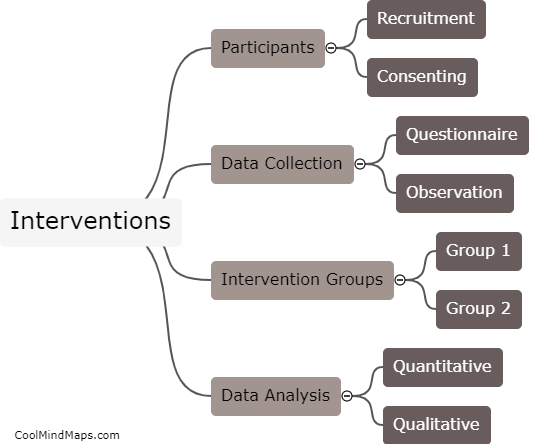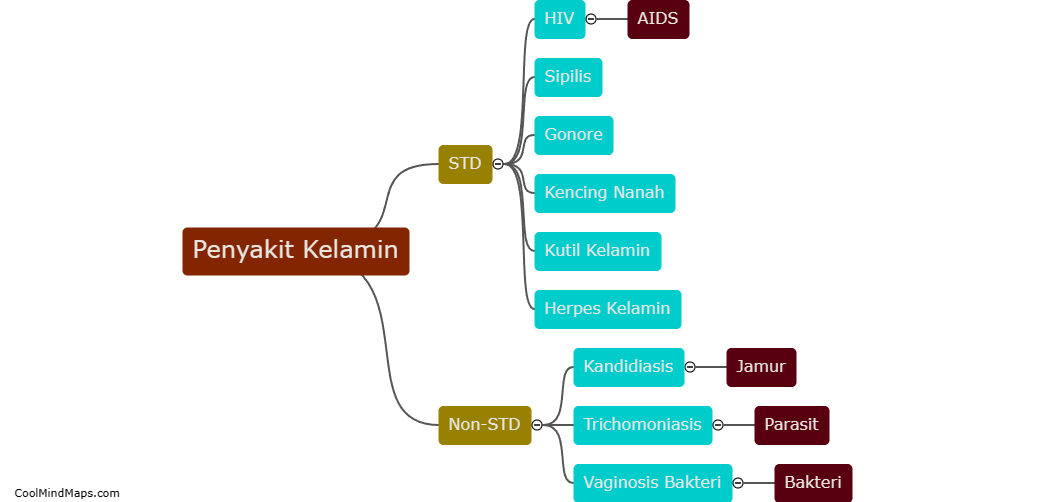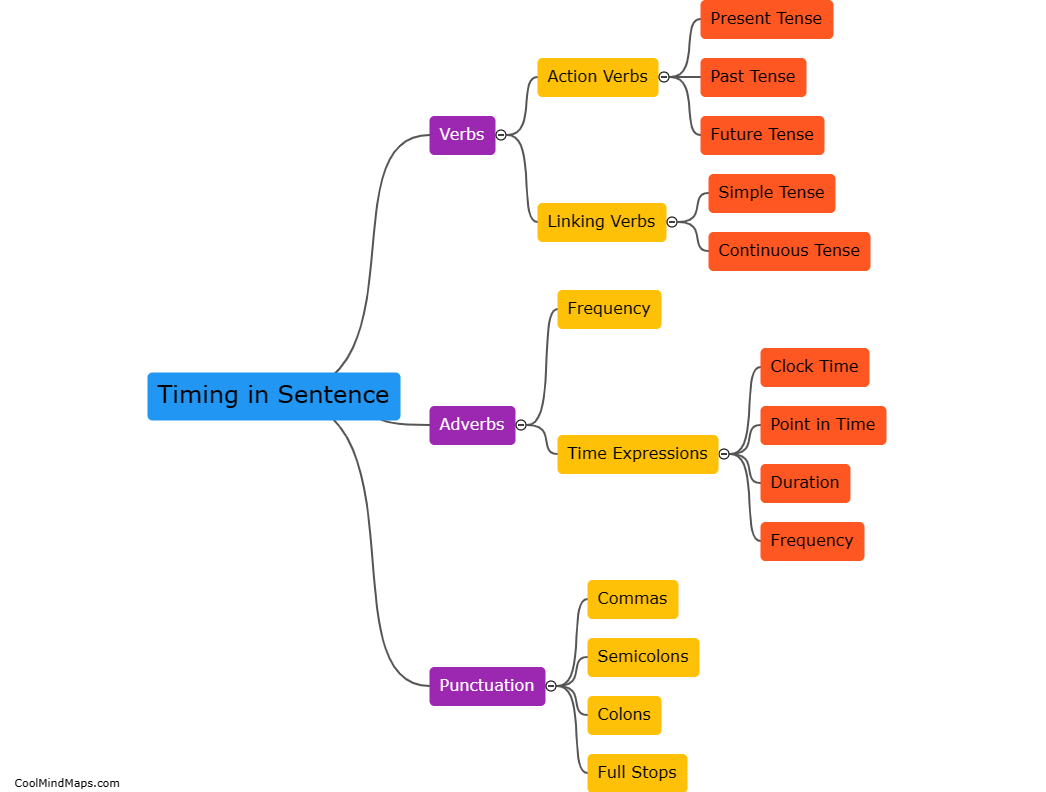What are some examples of timing in language?
Timing is a crucial aspect of language, as it can emphasize certain words or phrases, convey emotion, and aid in understanding. Some examples of timing in language include pauses, inflection, and tempo. Pauses or silence can convey emphasis or indicate thought process. Inflection refers to changes in tone or stress patterns, which can add emotion or convey sarcasm. Tempo, or the speed of speech, can convey excitement or urgency, and can also aid in understanding when used appropriately. Timing in language can be the difference between clear communication and misunderstanding, making it an important skill for effective communication.

This mind map was published on 27 May 2023 and has been viewed 123 times.











